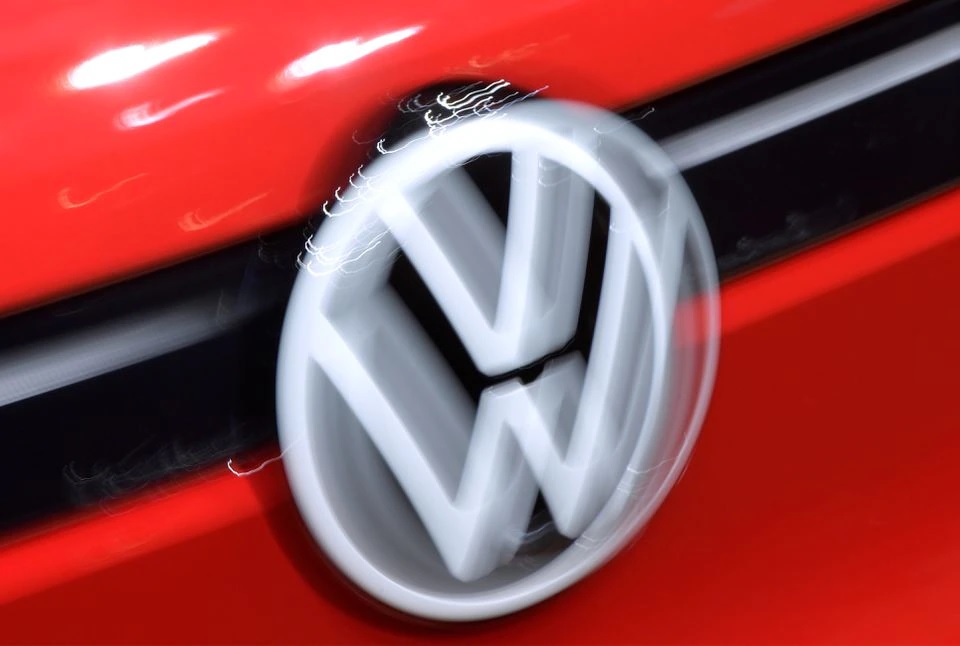Summary
- Now expects operating profit margin on sales of 7.0%-7.3%
- Keeps outlook for sales, deliveries
- To publish final Q3 results on Oct. 26
FRANKFURT, Oct 20 (Reuters) – Volkswagen (VOWG_p.DE) cut its profit margin outlook for the current year on Friday, blaming negative effects from raw materials hedges at the end of the third quarter.
Like many other industrial firms, carmakers hedge against commodity price swings, potentially causing non-cash gains or losses, usually at the end of each quarter.
For Volkswagen, Europe’s largest carmaker, this led to a 2.5-billion euro ($2.7 billion) non-cash loss that it will be unable to offset by the end of the year, it said in a statement along with some preliminary third-quarter results.
The company said it now expected an operating profit before special items in 2023 that would be at the prior year level of 22.5 billion euros, indicating a return on sales of 7.0% to 7.3%, down from 7.5% to 8.5% forecast previously.
“But this may be better than some investors have feared and could spell an end to negative sentiment on the name for now,” Bernstein analysts wrote.
Volkswagen kept its outlook for deliveries and sales, still expecting to hand between 9 million and 9.5 million vehicles to clients this year, while sales are forecast to grow by 10% to 15%.
Frankfurt-listed shares were down 2.5% following the news, broadly unchanged from earlier.
The carmaker, which is due to release full quarterly figures on Oct. 26, said third-quarter sales grew 12% to 78.8 billion euros, while operating profit was up around 14% at 4.9 billion.
While the group said it benefited from higher volumes in the passenger cars business in the July-September period, it suffered from production shortfalls at a supplier in the wake of flooding in Slovenia.
Volkswagen’s controlling shareholder, Porsche SE (PSHG_p.DE), specified its 2023 outlook following Volkswagen’s warning and now expects group profit after tax in the lower half of the 4.5 billion euro to 6.5 billion euro forecast range.
($1 = 0.9438 euro)
Reporting by Christoph Steitz and Ilona Wissenbach; Editing by Jan Harvey, Rod Nickel and Jonathan Oatis











